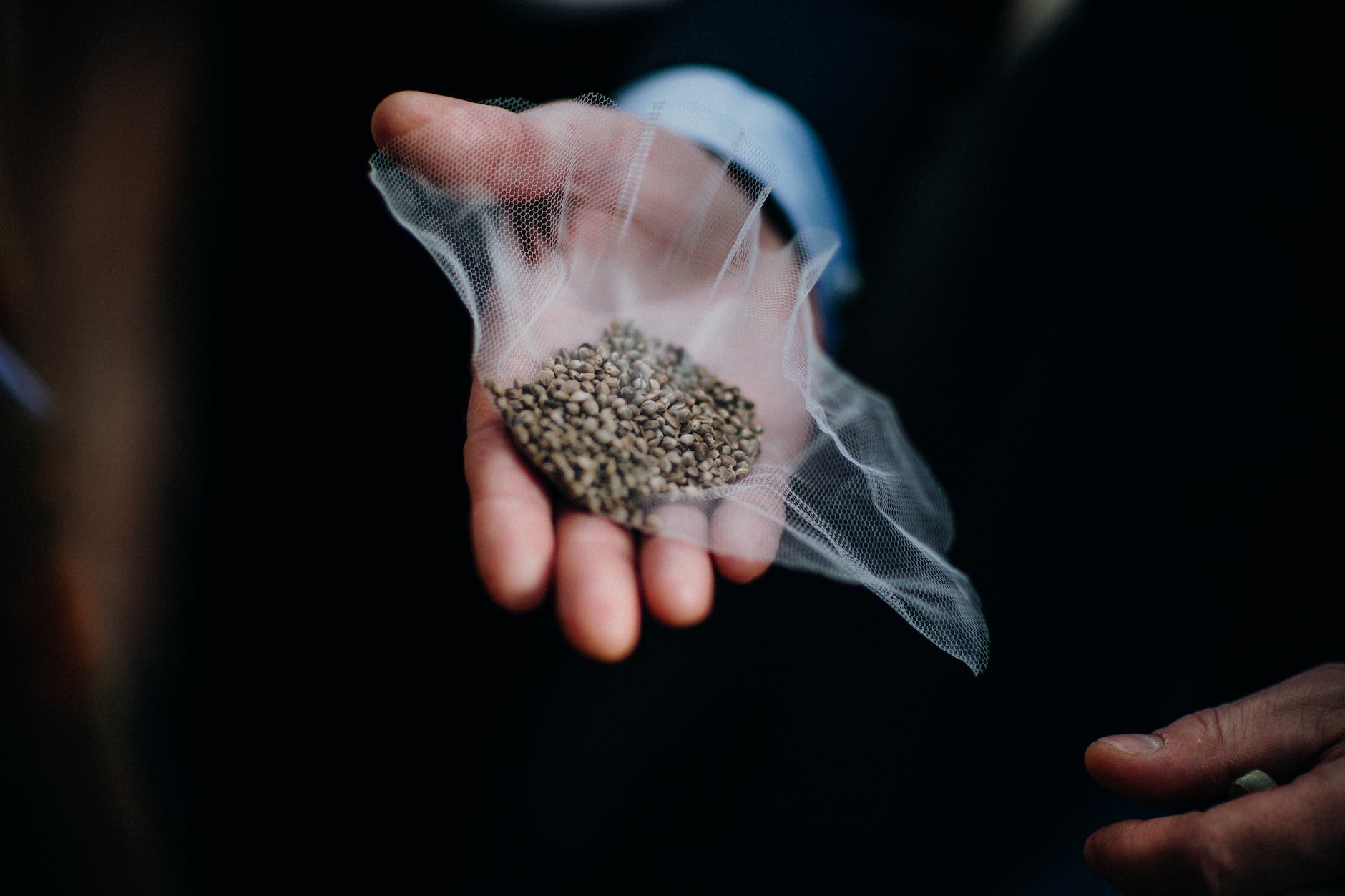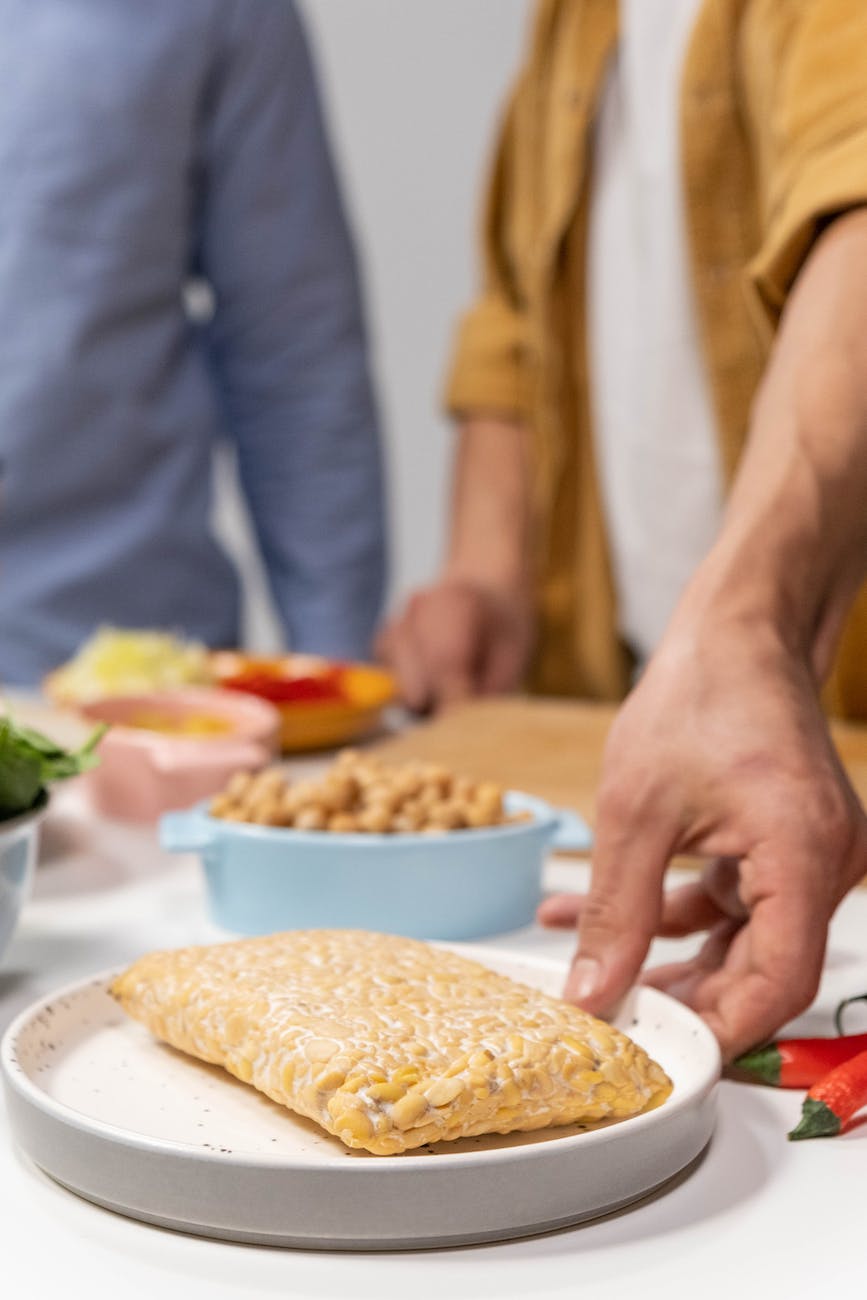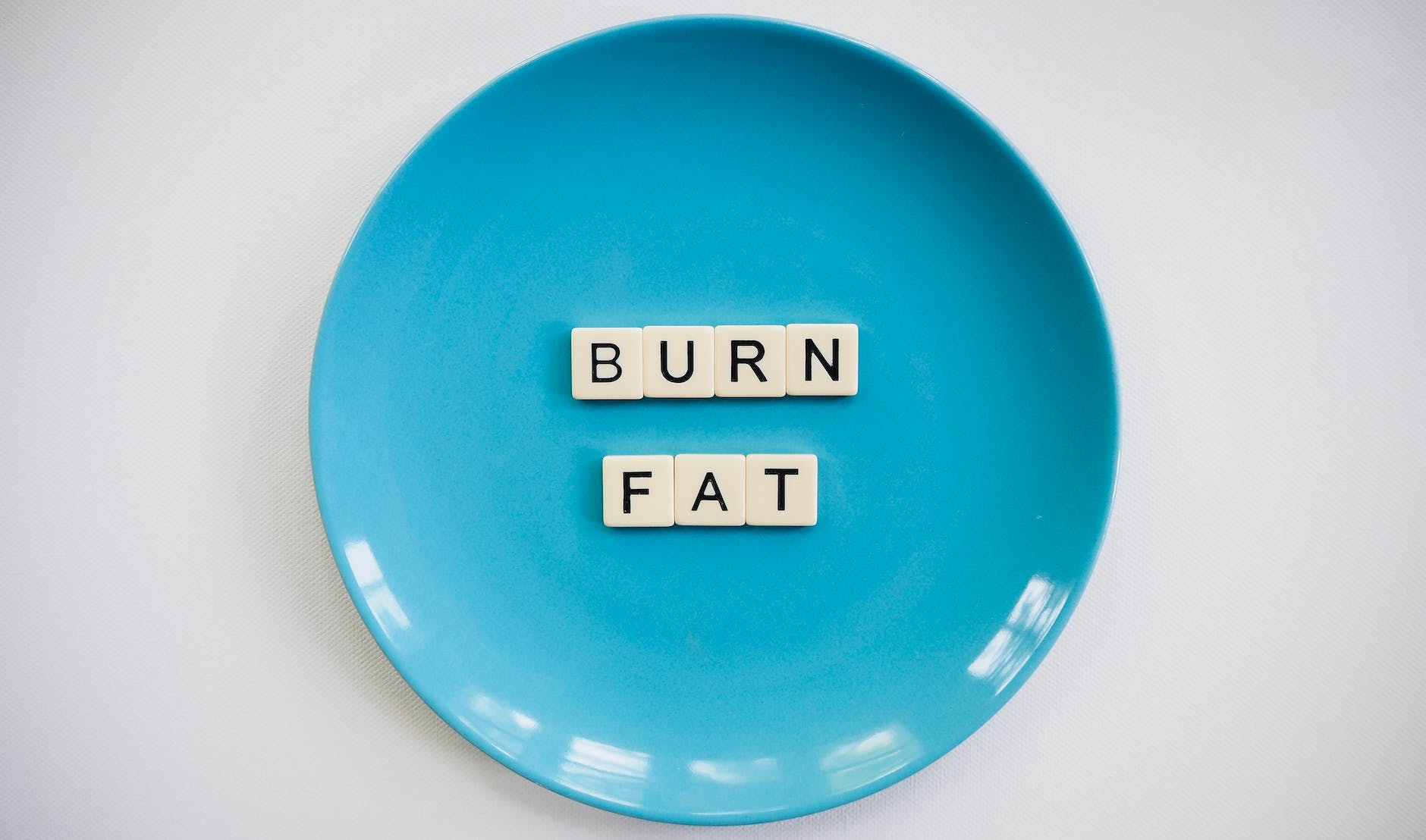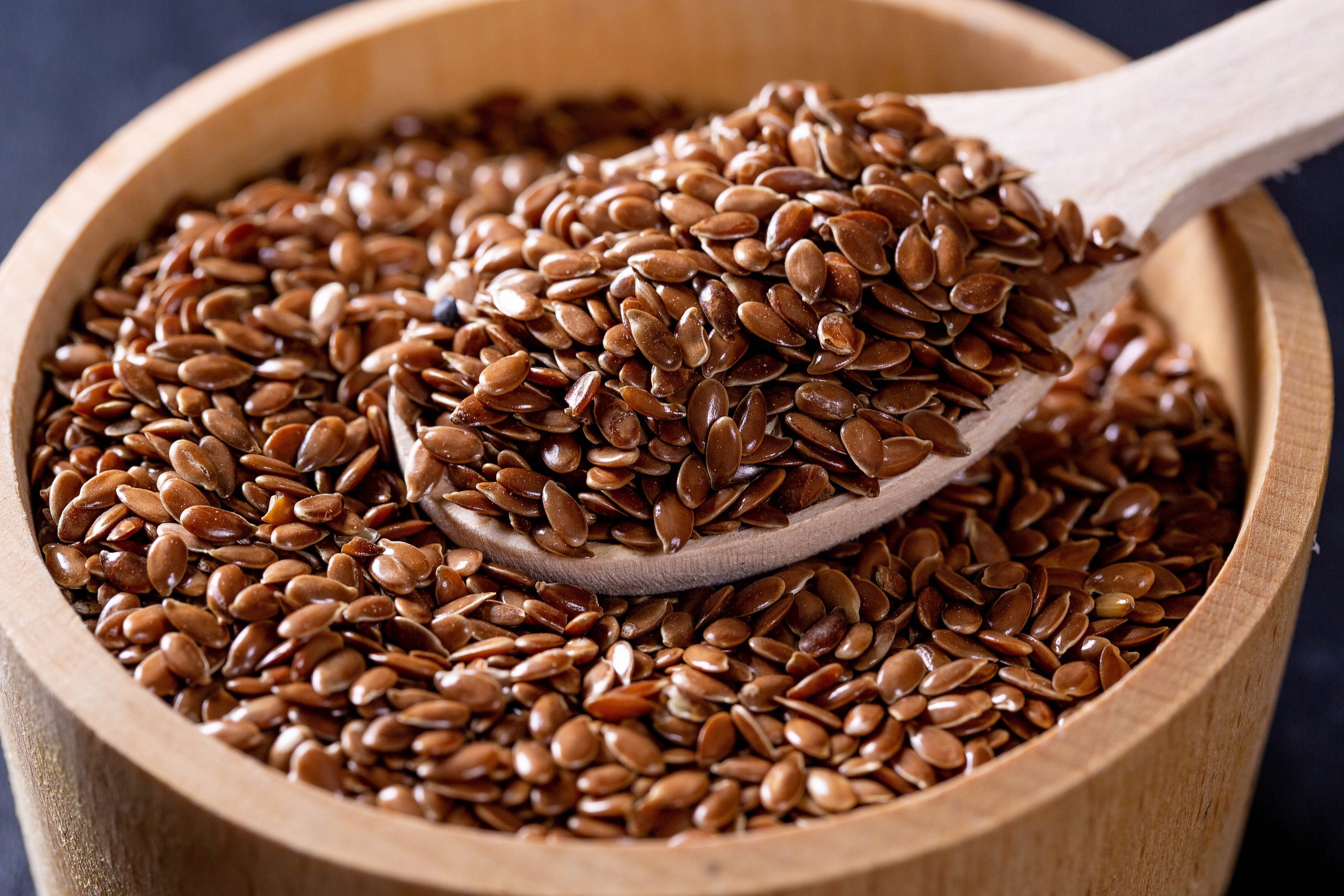
Are you looking for a natural and nutritious way to support your weight loss journey? Consider incorporating hemp seeds into your diet. These tiny powerhouses are packed with essential nutrients, including protein, healthy fats, and fiber, making them a valuable addition to a healthy eating plan. In this comprehensive guide, we will explore the potential benefits of hemp seeds for weight loss, how to incorporate them into your meals, and address common questions about hemp protein. Get ready to discover the weight loss potential of this versatile superfood!
Understanding Hemp Seeds: A Nutrient-Dense Superfood
Hemp seeds, derived from the Cannabis sativa plant, are nutrient-dense and offer a wide array of health benefits. It’s important to note that hemp seeds contain only trace amounts of tetrahydrocannabinol (THC), the psychoactive compound found in marijuana, making them safe and legal to consume.
1. Protein Powerhouse: Fueling Weight Loss and Muscle Maintenance
Hemp seeds are an excellent source of plant-based protein, making them a valuable addition to a weight loss diet. Protein plays a crucial role in weight management by promoting satiety, preserving lean muscle mass, and supporting overall metabolic function.
2. Healthy Fats for Satiety and Nutrient Absorption
Hemp seeds are rich in healthy fats, including omega-3 and omega-6 fatty acids. These fats provide satiety, helping you feel fuller for longer and reducing the urge to overeat. Additionally, the presence of healthy fats aids in the absorption of fat-soluble vitamins, further enhancing the nutritional value of your meals.
3. Fiber for Digestive Health and Weight Management
Hemp seeds are an excellent source of dietary fiber, which is essential for maintaining digestive health and supporting weight loss efforts. Fiber promotes feelings of fullness, regulates blood sugar levels, and aids in proper digestion, ultimately contributing to a healthy weight management plan.
4. Nutrient Rich: A Multitude of Essential Vitamins and Minerals
In addition to protein and healthy fats, hemp seeds are packed with essential vitamins and minerals. They are particularly rich in vitamin E, magnesium, phosphorus, and potassium, all of which play vital roles in supporting overall health and well-being.
Incorporating Hemp Seeds into Your Weight Loss Diet: Tips and Ideas
Now that you understand the potential benefits of hemp seeds for weight loss, it’s time to explore how to incorporate them into your daily meals. Here are some tips and ideas to get you started:
1. Sprinkle Them on Salads and Yogurt: Add a crunchy texture and nutty flavor to your salads and yogurt by sprinkling hemp seeds on top. They can complement a range of ingredients and elevate the nutritional profile of your meals.
2. Blend Them into Smoothies: Boost the protein content of your smoothies by adding a tablespoon or two of hemp seeds. They blend seamlessly, adding a creaminess and a nutritional punch to your favorite blends.
3. Create Homemade Energy Bars: Whip up your own energy bars by combining hemp seeds with other nutrient-dense ingredients like dates, nuts, and nut butter. These bars make for convenient and healthy snacks on the go.
4. Use Them in Baking: Experiment with baking recipes by incorporating hemp seeds into muffins, cookies, or bread. They add a delightful crunch and nutritional boost to your homemade treats.
5. Make a Hemp Seed Pesto: Replace traditional pine nuts with hemp seeds in your favorite pesto recipe. The result is a flavorful and nutrient-packed sauce that pairs well with pasta, vegetables, or as a spread on sandwiches.
Addressing Common Questions About Hemp Seeds
Q1. How much hemp protein is in 100g of hemp seeds?
Approximately 30 grams of hemp seeds contain around 9-10 grams of protein. This means that 100 grams of hemp seeds will provide approximately 30 grams of protein.
Q2. Are hemp seeds beneficial for weight loss?
Yes, hemp seeds can be beneficial for weight loss. They are rich in protein, fiber, and healthy fats, which contribute to feelings of fullness and support a balanced diet for weight management.
Q3. Are there any side effects of consuming hemp seeds?
Hemp seeds are generally safe for consumption, but some individuals may experience digestive discomfort if consumed in large quantities. Start with smaller portions and gradually increase to assess your tolerance.
Q4. Can hemp seeds help with muscle building and recovery?
Hemp seeds are a plant-based protein source that can contribute to muscle building and recovery. They contain essential amino acids needed for protein synthesis, making them a valuable addition to a muscle-building diet.
Q5. Are hemp seeds suitable for individuals with nut allergies?
Hemp seeds are considered a seed rather than a nut, and allergies to hemp seeds are relatively rare. However, if you have a known seed allergy, it’s best to consult with a healthcare professional before incorporating them into your diet.
In Conclusion: Embrace the Nutritional Power of Hemp Seeds
Hemp seeds are a versatile and nutritious addition to a weight loss diet. Packed with protein, healthy fats, and fiber, they offer a range of benefits, including satiety, muscle support, and overall well-being. By incorporating hemp seeds into your meals, you can enhance the nutritional profile of your diet and support your weight loss goals. Remember to start with smaller portions and listen to your body’s needs. Enjoy the benefits of this plant-based superfood and embark on a healthy and nourishing weight loss journey.
Tags: hemp seed for weight loss, hemp for weight loss, hemp protein, benefits of hemp seeds, weight loss diet, healthy fats, plant-based protein, nutrient-dense, weight management, muscle support













